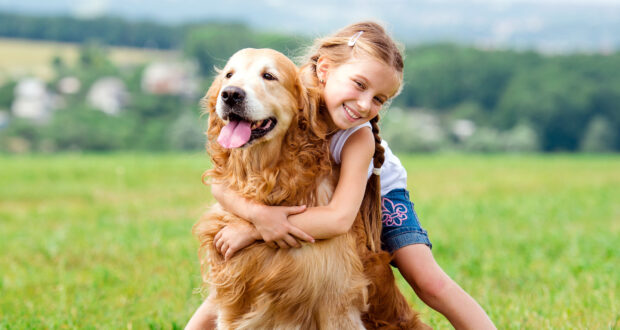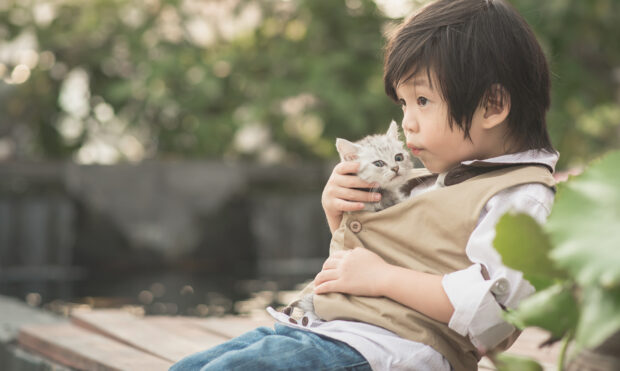Children And Pet Care
It is no secret to anyone that as children we always wanted to have a pet, we were fascinated by the idea of being able to have one at home, that it became our best friend and accomplice of adventures and mischief. Children, as well as pets, have a great facility for generating intense and lasting emotional bonds.
In children, the fact of having a pet plays an even more important role because it contributes to the educational and social development in their growth stage, the most important of all.


We tell you about 10 factors that we consider very beneficial in the importance of the emotional bond between pets and children.
- It forces them to assume responsibilities and to learn values such as respect for others, increases their self-esteem, and improves their integration into the family.
- Animals develop the ability in children to take care of something or someone and promote the feeling of competence and security: these two are essential to developing in the first cycle of the child’s life to achieve their correct emotional balance.
- They learn values such as compassion and empathy, which are of the utmost importance in maintaining a positive interpersonal relationship with other people throughout their lives.
- 50% of children consider their pets (dogs and cats) playmates and activities. Also, eight out of ten children between the ages of 9 and 12 would play with their pet earlier than with a video game.
- Pets reduce the risk of loneliness in children, they feel them as their emotional and unconditional support, if they feel sad and perhaps misunderstood, they need a silent companion to accompany them and make them feel much better.
- Some studies ensure that children who live with pets have a stronger immune system since they come into contact with microorganisms from the outside world through dogs or cats. In this way, they are more protected against the possibility of suffering from an infectious disease.
- Daily contact with animals develops creativity, curiosity, and learning in children
- In children with behavioral problems, their motor skills improve, verbal interaction, increase attention, and memory.
- They reduce sedentary lifestyle since physical activity is increased (simply walks with the dog, or playing time, for example).
- And the most important thing of all is that they give a great contribution to love, company, and tenderness.


EDUCATE YOUR CHILD FOR RESPONSIBLE TENURE
To understand the link between children and pets, we must bear in mind that animals are just that, pets that require care, respect, and a lot of love, they are not objects, much fewer toys for the fun of our children. Having a pet at home, no matter what it is (cat, dog, hamster, etc.) requires commitment, responsibility, and a lot of dedication on the part of the whole family.
- If the pet is at an early age in which it only responds with nibbles, it is necessary to educate it and tell your child what is happening, so that he understands what he will receive from the dog or cat if he handles it in a certain way.
- Show him what a nervous or angry dog or cat looks like he must know how to differentiate these types of attitudes in our pets to prevent accidents.
- Encouraging our child’s empathy towards the dog or cat, showing affection towards the pet is essential. When you pet the child in the presence of the dog, do the same with the pet so that she does not feel marginalized.
- Show your child which areas of the pet’s body he can touch or pet and how hard to do it.
- Encourage and teach the child to play with the dog. Examples: throwing a softball, scratching his head, tickling him. Experts say that children who grow up with animals are calmer, more responsible, and more loving.
- Teach the child the sense of belonging and responsibility with the pet. Ask him to accompany you to the vet when the dog has a disease or needs to receive a vaccination or consultation.